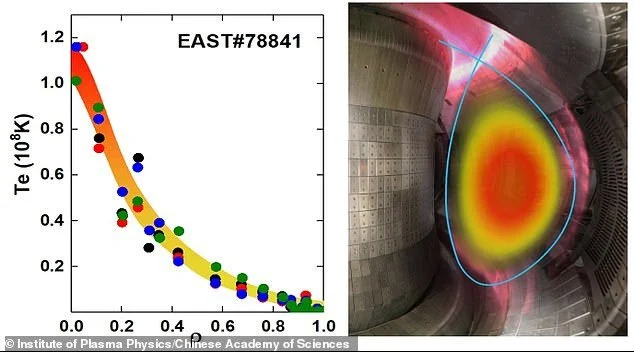China builds an 'artificial sun' thats temperatures of 180 MILLION degrees Fahrenheit & China creates artificial star 8,600 times hotter than sun’s Surface Area
China has built an 'artificial sun' that reaches temperature six times that of the core of our closest star.
The state-of-the-art reactor is designed to replicate the processes of the sun as part of a project to turn hydrogen into cost-effective green energy.It reached a key milestone this week when it hit 180 million F (100 million C) for the first time, which is believed to be the temperature at which nuclear fusion occurs.Scientists across the globe are locked in a race to build the world's first operational nuclear fusion reactor.The victor will unlock a source of near-limitless clean energy worth billions that some believe could save the planet from the climate change crisis.
China's Experimental Advanced Superconducting Tokamak (pictured) is helping researchers better understand the process of nuclear fusion ahead of building a full reactor
 |
| Source By- Institute of plasma physics chinese Acedemy of Science |
 |
| Source By- Institute of plasma physics chinese Acedemy of Science |
 |
| Source By- Institute of plasma physics chinese Acedemy of Science |
 |
| Source By- Institute of plasma physics chinese Acedemy of Science |